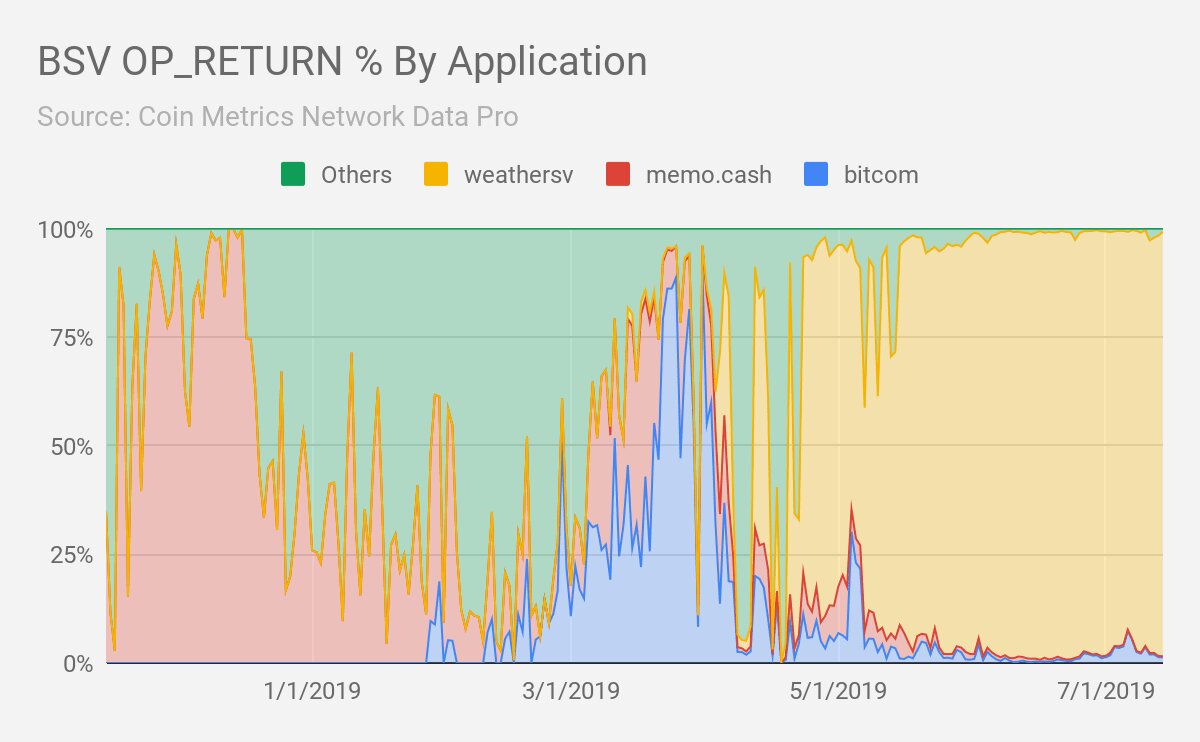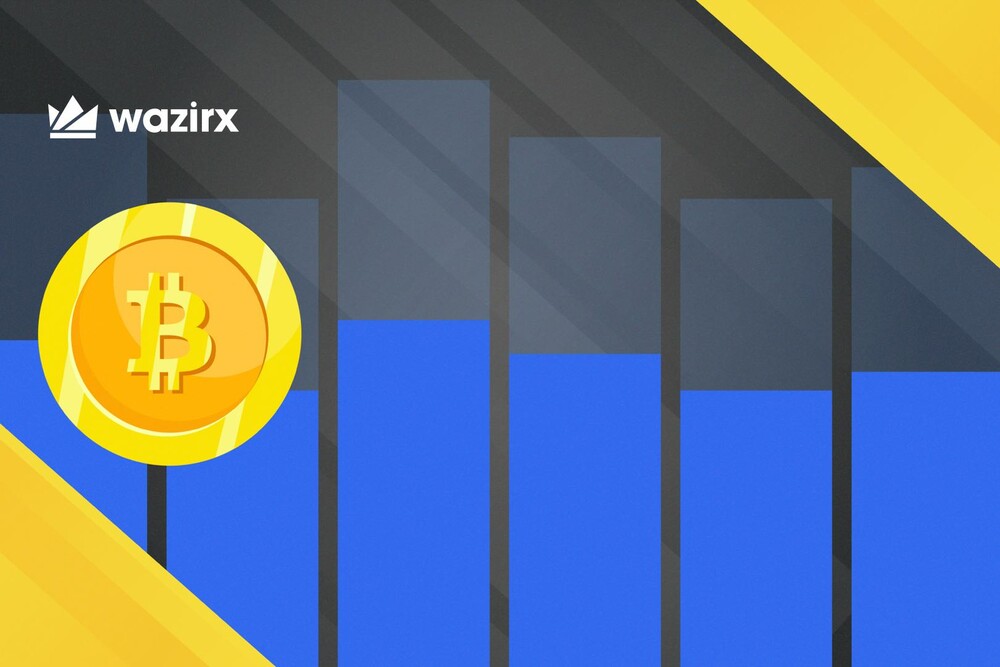
Best days to buy crypto? That’s a question every crypto investor asks themselves. Timing the market is a tricky business, but understanding the factors that influence crypto prices can give you a better chance of finding those sweet spots for buying low and selling high.
From market cycles and technical analysis to fundamental research and investor psychology, we’ll delve into the complexities of the crypto market to equip you with the knowledge you need to make informed decisions. This guide explores the key factors that impact crypto prices, providing a framework for identifying potential buying opportunities.
Crypto Market Sentiment and Psychology
Cryptocurrency markets are highly volatile, influenced by a complex interplay of factors, including market sentiment and investor psychology. Market sentiment refers to the overall prevailing attitude or feeling towards a particular asset or market, often driven by news events, price trends, and broader economic conditions.
Impact of Market Sentiment on Crypto Prices
Market sentiment can significantly impact cryptocurrency prices. When sentiment is positive, investors are more likely to buy, driving prices up. Conversely, negative sentiment can lead to selling pressure, causing prices to decline. For example, a positive news announcement about a new cryptocurrency project or a regulatory development that benefits the industry could boost market sentiment and lead to price increases. Conversely, negative news, such as a security breach or a regulatory crackdown, could dampen sentiment and result in price drops.
Investor Psychology and Herd Behavior
Investor psychology plays a crucial role in shaping market sentiment and driving trading decisions. Individuals often exhibit herd behavior, mimicking the actions of others, particularly in uncertain or volatile markets. This can lead to price bubbles or crashes, as investors buy or sell based on the perceived actions of the crowd rather than their own analysis.
Common Psychological Biases in Crypto Trading
Several psychological biases can affect crypto traders’ decision-making:
- Confirmation bias: Traders may seek out information that confirms their existing beliefs, ignoring or downplaying contradictory evidence.
- Loss aversion: Investors tend to feel the pain of a loss more strongly than the pleasure of an equivalent gain, leading to risk-averse behavior.
- Anchoring bias: Traders may overemphasize the initial price of a cryptocurrency, making it difficult to adjust their expectations when the price changes.
- Herding: Individuals may follow the crowd, buying or selling based on the perceived actions of others, regardless of their own analysis.
- Overconfidence: Traders may overestimate their ability to predict price movements, leading to poor decision-making.
Trading Strategies for Buying Crypto

Cryptocurrency trading involves a variety of strategies, each with its own risks and rewards. Understanding these strategies can help you make informed decisions about how to invest in crypto.
Trading Strategies for Buying Crypto
This section Artikels different trading strategies for buying crypto, exploring their advantages and disadvantages.
| Strategy | Description | Pros | Cons |
|---|---|---|---|
| Dollar-Cost Averaging (DCA) | This strategy involves investing a fixed amount of money in crypto at regular intervals, regardless of the market price. |
|
|
| Buy the Dip | This strategy involves buying crypto when the price is falling, hoping to buy low and sell high. |
|
|
| Trend Following | This strategy involves identifying and trading in the direction of the prevailing market trend. |
|
|
| Scalping | This strategy involves making small, quick profits by exploiting small price fluctuations in the market. |
|
|
Risk Management in Crypto Trading

Cryptocurrency trading is a high-risk endeavor, and understanding and implementing effective risk management strategies is crucial for protecting your capital and maximizing your chances of success.
Importance of Risk Management
Risk management is essential for crypto trading as it helps to mitigate potential losses and protect your investments. The highly volatile nature of the crypto market presents significant risks, including price fluctuations, market manipulation, and security breaches. By implementing a sound risk management plan, you can:
- Preserve Capital: Prevent substantial losses that could deplete your trading capital.
- Control Emotions: Reduce the impact of fear and greed, which can lead to impulsive decisions.
- Increase Consistency: Promote disciplined trading habits, improving your overall performance.
- Maximize Profits: Allow you to take calculated risks, potentially leading to higher returns.
Risk Management Techniques
Here are some common risk management techniques that crypto traders can use:
- Stop-Loss Orders: Stop-loss orders are automated instructions to sell your crypto holdings when the price reaches a predetermined level. They help limit potential losses by automatically exiting a trade if the market moves against your position.
- Diversification: Diversifying your crypto portfolio by investing in different assets can help reduce the overall risk. By spreading your investment across multiple cryptocurrencies, you minimize the impact of a single asset’s price decline.
- Position Sizing: This technique involves determining the appropriate amount of capital to allocate to each trade. It helps to prevent excessive risk-taking and ensures that a single losing trade doesn’t significantly impact your overall portfolio.
- Trading Plan: A well-defined trading plan Artikels your entry and exit strategies, risk tolerance, and profit targets. This plan helps you stay disciplined and avoid impulsive decisions.
- Cold Storage: Storing your crypto assets in a cold wallet, a physical device disconnected from the internet, significantly reduces the risk of hacking and theft.
Risk Evaluation Checklist
Before investing in any cryptocurrency, it’s essential to evaluate the associated risks. Here’s a checklist to help you assess the risks of a specific crypto investment:
- Project Viability: Evaluate the project’s underlying technology, team, and community support. Does the project have a clear use case and potential for growth?
- Market Volatility: Consider the volatility of the cryptocurrency market. How susceptible is the asset to price fluctuations and market manipulation?
- Security Risks: Assess the security of the cryptocurrency’s platform and wallet. Are there any known vulnerabilities or security breaches?
- Regulatory Landscape: Understand the regulatory environment surrounding cryptocurrencies. Are there any legal or regulatory uncertainties that could impact the asset’s value?
- Project Development: Assess the project’s development progress and roadmap. Is the team actively developing the project and delivering on its promises?
Crypto Market Data and Resources

Making informed decisions in the crypto market requires access to reliable data and resources. This section explores various platforms and tools that provide valuable insights into crypto market trends, historical price movements, and on-chain data analysis.
Reliable Sources for Tracking Crypto Market Data
Several platforms provide comprehensive data on cryptocurrencies, including real-time prices, market capitalization, trading volume, and more.
- CoinMarketCap: CoinMarketCap is a leading platform for tracking cryptocurrency prices, market capitalization, and trading volume. It offers a wide range of data, including historical price charts, trading pairs, and project information.
- TradingView: TradingView is a popular platform for technical analysis and charting. It provides real-time price data, customizable charts, and a wide range of technical indicators.
- CoinGecko: CoinGecko is another comprehensive platform for tracking cryptocurrency data, including prices, market capitalization, and social media sentiment. It offers a variety of data visualizations and filters to help users analyze market trends.
Accessing Historical Price Charts and Technical Indicators
Understanding past price movements is crucial for making informed trading decisions.
- CoinMarketCap: CoinMarketCap offers historical price charts for various cryptocurrencies, allowing users to analyze past trends and identify potential patterns.
- TradingView: TradingView provides advanced charting tools, including a wide range of technical indicators, allowing users to analyze historical price data and identify potential trading opportunities.
- CryptoCompare: CryptoCompare offers historical price data and technical indicators for various cryptocurrencies. It also provides data on exchange liquidity and trading volume.
Analyzing On-Chain Data
On-chain data refers to data recorded on the blockchain, such as transaction volume, network activity, and wallet balances.
- Glassnode: Glassnode is a leading provider of on-chain data and analysis. It offers a wide range of metrics that can be used to understand market trends and sentiment.
- IntoTheBlock: IntoTheBlock provides on-chain data and analysis, including metrics on wallet activity, transaction volume, and network health.
- Santiment: Santiment offers a comprehensive platform for analyzing on-chain data, social media sentiment, and other market indicators.
Ethical Considerations in Crypto Trading: Best Days To Buy Crypto
The world of cryptocurrency trading, while brimming with opportunities, also presents a unique set of ethical considerations. Navigating this landscape responsibly requires a keen awareness of the potential pitfalls and a commitment to upholding ethical standards.
Potential Risks of Pump-and-Dump Schemes and Market Manipulation
Pump-and-dump schemes and market manipulation are unethical practices that can severely harm investors. These schemes involve artificially inflating the price of a cryptocurrency through coordinated efforts to create a false sense of demand. Once the price reaches a peak, the orchestrators of the scheme sell their holdings, causing the price to plummet, leaving unsuspecting investors with significant losses.
- Coordinated Social Media Campaigns: Pump-and-dump schemes often involve coordinated social media campaigns to spread false information and hype about a particular cryptocurrency. These campaigns may use fake accounts, bots, and other tactics to manipulate public perception and create an artificial sense of demand.
- Misleading Information and False Promises: Promoters of pump-and-dump schemes may spread misleading information about the cryptocurrency’s technology, future prospects, or partnerships to entice investors. They may make unrealistic promises of quick and easy profits to lure unsuspecting individuals.
- Insider Trading: In some cases, pump-and-dump schemes involve insider trading, where individuals with access to confidential information about the cryptocurrency use that knowledge to profit at the expense of other investors.
Importance of Responsible and Ethical Trading Practices, Best days to buy crypto
Responsible and ethical trading practices are crucial to maintaining the integrity of the cryptocurrency market. By adhering to these principles, traders can contribute to a fair and transparent ecosystem.
- Thorough Research: Before investing in any cryptocurrency, it’s essential to conduct thorough research to understand the underlying technology, the team behind the project, and the market dynamics. Avoid relying solely on social media hype or unsubstantiated claims.
- Risk Management: Implement robust risk management strategies to protect your investments. Diversify your portfolio, set stop-loss orders, and only invest what you can afford to lose. Avoid impulsive trading decisions driven by fear or greed.
- Transparency and Disclosure: If you are involved in any form of market manipulation or pump-and-dump schemes, be transparent and disclose your activities to the authorities. This will help to maintain a level playing field and protect other investors.
- Ethical Conduct: Always act with integrity and honesty in your trading activities. Avoid engaging in any practices that could harm or mislead other investors. Upholding ethical standards contributes to a healthy and sustainable cryptocurrency market.
Final Conclusion
Ultimately, the best days to buy crypto are those that align with your individual risk tolerance, investment goals, and a comprehensive understanding of the market. By combining knowledge of market cycles, technical indicators, and fundamental analysis, you can navigate the dynamic world of crypto trading with greater confidence and make informed decisions that support your investment strategy.
FAQ Corner
What are some of the best days to buy crypto?
There’s no single “best” day, as the market is constantly fluctuating. However, you can increase your chances of finding good buying opportunities by understanding market cycles, analyzing technical indicators, and monitoring news events that might impact crypto prices.
Is it better to buy crypto during a bull market or a bear market?
It depends on your investment strategy and risk tolerance. Bull markets offer potential for higher returns but also come with greater risk, while bear markets might offer lower entry points but with slower potential for growth.
How can I find reliable sources for tracking crypto market data?
Websites like CoinMarketCap, TradingView, and CoinGecko provide real-time price data, charts, and technical indicators. You can also explore on-chain analysis platforms to gain insights into network activity and sentiment.




